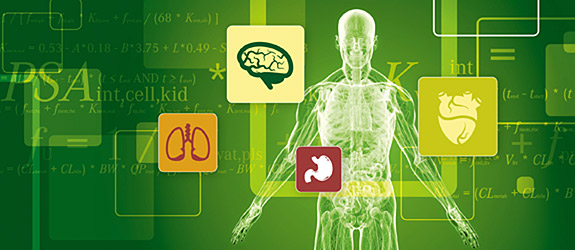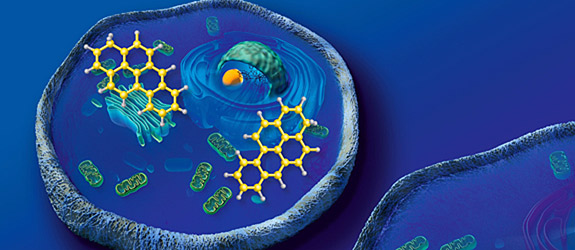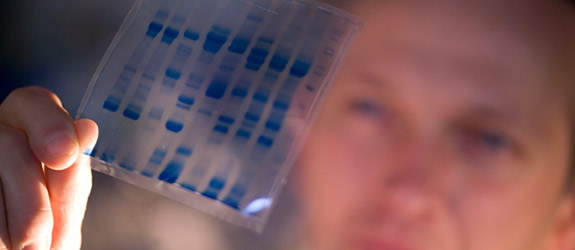Healthy Planet:
Towards a non-toxic environment
Modern societies depend on the use of chemicals in consumer products, in health care, in industrial processes and in agriculture. At the same time, exposure to these chemicals often occurring in complex mixtures may pose risks to humans and the environment. Our mission is to provide the concepts and tools to understand and minimize these risks supporting sustainable chemistry and a non-toxic environment in agreement with European and German policy goals.
The number of chemicals used and emitted to the environment is continuously increasing and hundreds of compounds can be detected in water bodies, wildlife and human bodies. By combining advanced chemical tools with the observation of adverse effects from the cell up to the population and landscape level we develop strategies for better monitoring and mitigation. We combine measurement with in-depth mechanistic understanding and models to diagnose combined effects of chemicals with other stressors in multiply used landscapes. We explore and map (eco)toxic footprints from different sources in selected case studies and at larger scales and support measures to make cities and landscapes more sustainable with innovative monitoring. In line with the One-Health concept, we explore hazardous mixture exposures and impacts in combination linking human biomonitoring in large cohort studies with wastewater analysis.
The association of chemical data on exposure with adverse health effects provides the ground for the detailed mechanistic analysis of the impact of chemicals and chemical mixtures on environmental and human health. Therefore, we consider the distribution of chemicals in our bodies and model systems like the zebrafish as well as their biodegradation and transformation in organs like the liver and the intestinal microbiome. For obtaining a mechanistic understanding we work on prospective mother-child cohorts and experimental in vivo and in vitro models. For the analysis we make use of state-of-the-art bioanalytical methods ranging from genomics to metabolomics and the matching tools for their evaluation by bioinformatic and machine learning for determining the underpinning mode of action and the corresponding key events in order to define adverse outcome pathways.
Platform Projects:- MECHAMIX: Mechanisms of chemical mixtures
- MIX-MONITOR: Advancing monitoring and management of mixtures



